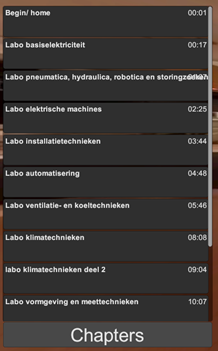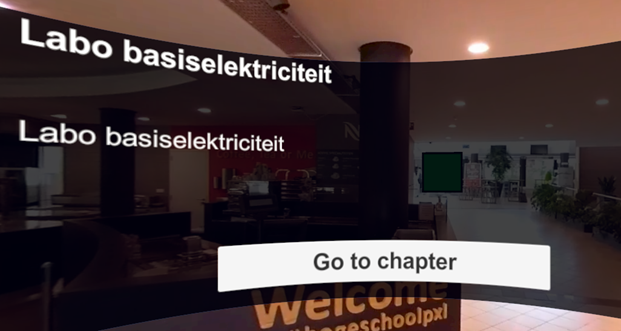Interaction points
We start the explanation at the bottom of the diagram, where the specific interaction points are located:

Interaction points are points that allow a designer to add enrichment to the 360°-video. When a user opens these interaction points, the 360°-video pauses and he or she will see the content of the interaction point. Moreover, it is possible to select whether an interaction point is mandatory or not. When a user tries to skip a mandatory interaction point, the video will automatically pause. Only when the mandatory point has been completed, will the video resume. Each interaction point, can have one specific action:
- Text: this offers the possibility for the designer to add text to an interaction point.

- Image: this offers the possibility for the designer to add an image to an interaction point.

- 2D video: this offers the possibility for the designer to add a 2D video to an interaction point.

- Audio: this offers the possibility for the designer to add audio to an interaction point.

- Search area: A search area is a location defined by the designer in the 360° video, which a user has to search and click. This offers the possibility for the designer to define one or more search areas in the 360° environment, which the user has to search for.
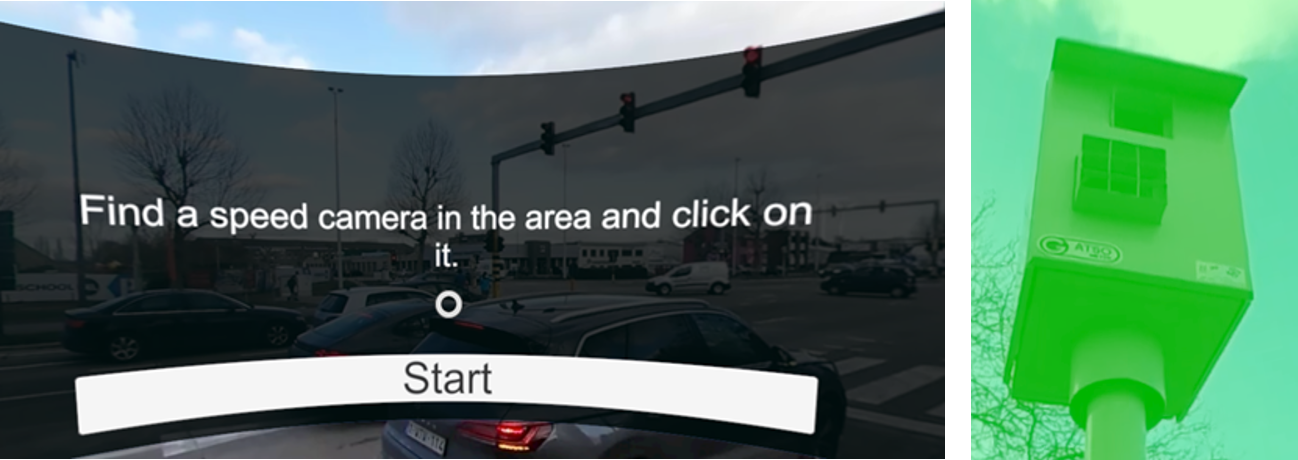
- Multi-choice question – text: this offers the possibility for the designer to add a multi-choice question to an interaction point, where the possible answers consist of text. A correct answer is indicated with a green color, while a wrong answer is indicated with a red color.
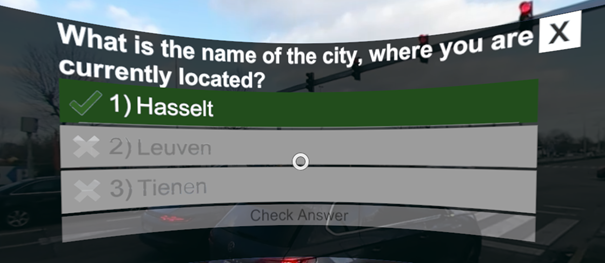
- Multiple choice question – images: this offers the possibility for the designer to add a multiple choice question to an interaction point, where the possible answers consist of images. A correct answer is indicated with a green color, while a wrong answer is indicated with a red color.
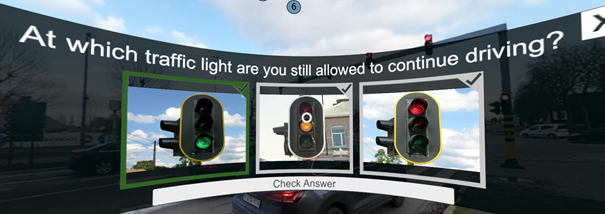
- Multiple-choice question – search area: this offers the possibility for the designer to add a multiple-choice question to an interaction point, where the possible answers consist of search areas. A correct answer is indicated with a green color, while a wrong answer is indicated with a red color.

- Table: This offers the possibility of presenting information in a table, where you can choose the number of columns and rows.
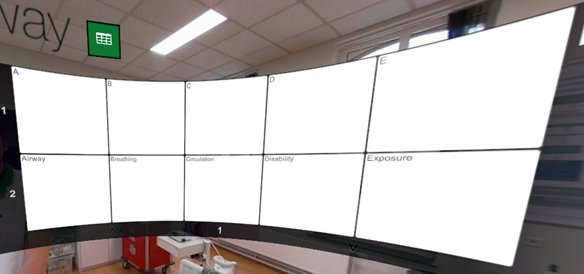
- Chapter: this offers the possibility to navigate to certain time fragments in the video. Imagine a 360° video that consists of five scenes that follow one another. Here, for example, one can choose to create five chapters, which are always linked to the time fragment at which the specific scene starts. This makes it possible to develop a rather dynamic/ iterative learning process, instead of a standard linear learning process.
